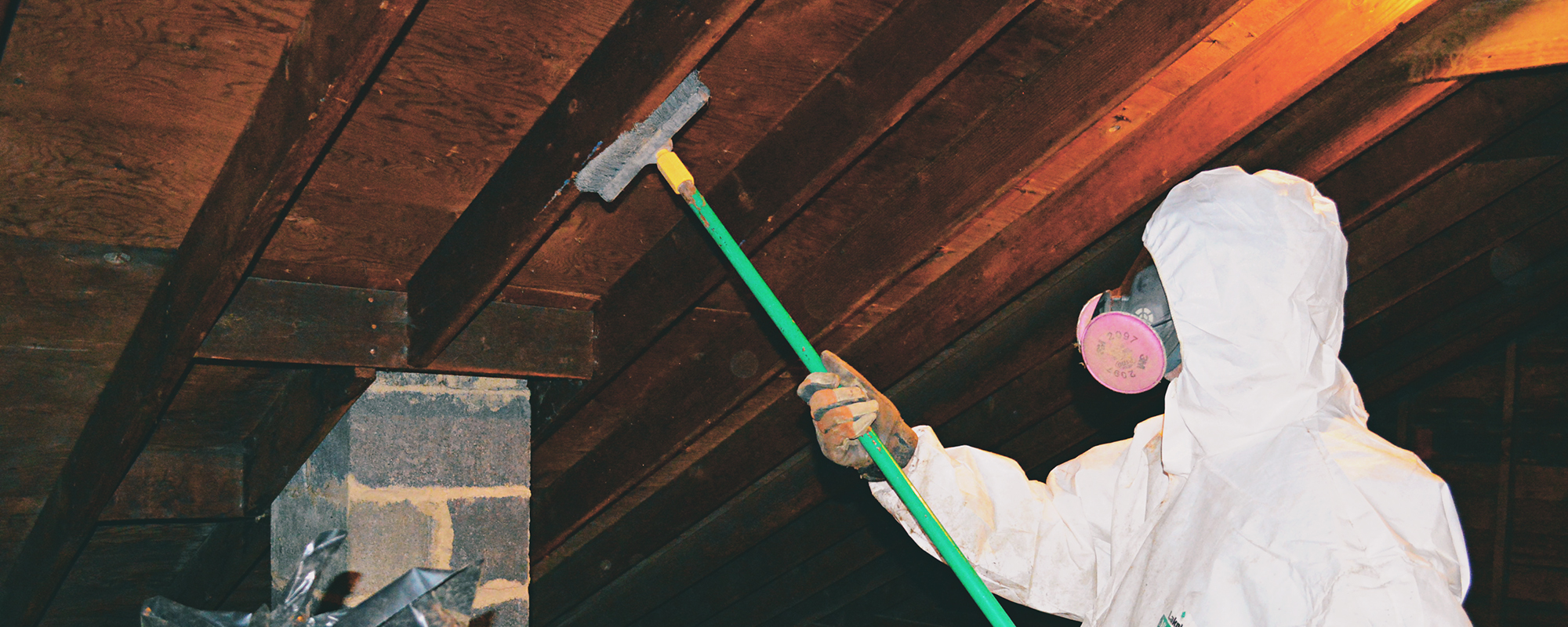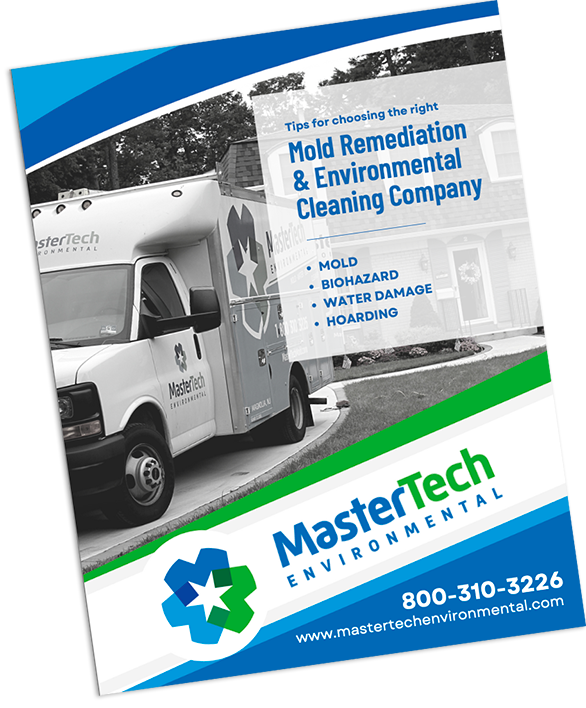
Attics are at the top of the list of most common places for mold development. Your mold-free attic can be very vulnerable to moisture buildup from excessive heat, high humidity, roof leaks, and lack of ventilation. In the presence of water, it only takes 24-48 hours for mold spore to germinate and spread to be a major contamination. It is important to establish a maintenance routine for your attic to ensure constant moisture control and allow for early moisture detection.
Easy Ways to Keep A Mold-Free Attic New Jersey:
While most mold development can be prevented with simple, routine maintenance, prevention may not always be possible. If you discover potential mold growth in your attic, you may need to consult an attic mold removal company for help.
Leaks– You should check your attic regularly for leaks or signs of leaks. Early detection can make all the difference when it comes to mold and water damage.
- If you spot signs of water intrusion from your roof or signs of damage that can lead to water intrusion, address it immediately. You may need to contact a professional to get to the bottom of the leak and stop it before it leads to mold development.
- Check all HVAC components and plumbing systems running through the attic for leaks or condensation. Even something as seemingly minor has condensation can lead to serious mold development.
- Water leaks need to be properly resolved before you develop a mold problem– it only takes 24-48 hours for mold to develop in the presence of moisture.
Roofing– Problems with your roof system can lead to major water intrusion and serious mold development.
- Conduct regular assessments of your roof from the outside and from the inside. Deteriorating or missing shingles and damaged flashing are a couple of the key signs of roof damage.
- If you are concerned about the condition of your NJ roof, you should have it inspected by a roofing professional.
- Make sure that all vents are free of any obstructions or damage. Clogged or damaged vents can lead to moisture buildup in your attic. Over time, moisture buildup from humidity or condensation will lead to wood rot, roofing problems, damaged insulation, and mold development.
Ventilation– Insufficient air circulation and ventilation is one of the most overlooked cause of attic mold. It is also one of the most common driving causes of mold development in NJ attics.
- Properly installed and sufficiently sized soffit vents, ridge vents and gable wall vents can promote air circulation and prevent moisture buildup in your attic.
- Make sure that all ventilation/fan systems from other areas of the home DO NOT empty into the attic. If this is the case, the air being emptied into the attic will cause moisture buildup if you do not know to combat it properly.
- To ensure that your attic is properly ventilated, you should consider contacting a trained professional to properly handle your vent system.
Insulation- Attic insulation minimizes heat loss or cool air loss, which will help to maintain a mold-free attic by preventing elevated humidity and condensation.
- Check the condition of your attic insulation regularly to ensure its effectiveness. Damaged insulation can be an indicator of water problems.
- Damaged insulation cannot do its job properly and will be ineffective in preventing moisture buildup and allow mold development.
- It is important to properly replace any damaged insulation as soon as possible.
- If your attic is not already insulated, you should consider hiring a professional to properly install insulation in the space
- Be careful not to over insulate your attic. Too much insulation can interfere with controlled ventilation and end up causing mold growth.
Gutters– Regular gutter checks and maintenance
- Clean your gutters regularly– your gutters should be free of all debris to avoid backups. Overflowing gutters can lead to roof damage and serious water leaks into your attic
- During the cooler months, clogged gutters can easily freeze shut and cause excessive weight on gutter fasteners and ice dam conditions, which can damage your roof system.
- To help prevent leaves from getting into your gutter, you can install gutter guards. But even with gutter guards, it is still good to make a habit of checking your gutters to make sure nothing gets lodged in the crevices.
Landscape– Your home’s surroundings are very important to keeping your roof safe and damage free.
- Plant trees and large plants away from the home- Trees and bushes provide damp shade for moss and algae to grow on your roof. Damp shaded areas can hold moisture to a roof system’s surface, causing rot and deterioration.
- Trim branches away from your home- This will help limit the amount of damp shade areas on your roof. Neatly groomed trees and bushes will help to avoid scratching and gouging of the roof surface by branches. It will also limit the chance of loose branches falling into the gutters and causing a blockage.
Dehumidifier– Attic dehumidifiers can help to keep a dry, mold-free attic. If you attic is especially damp or humid, a dehumidifier can help.
- Make sure that you pick a dehumidifier that is the right size and capacity for the needs of that specific space to ensure effectiveness.
- Regular dehumidifier maintenance will help to preserve the quality and effectiveness of your unit.
Declutter– Attics are often used for storage. Cluttered spaces limit air flow and can promote moisture buildup (especially in already humid environments).
- Take some time to regularly organize and purge some of your stored items. This will open up your attic and help to optimize air circulation.

Attic moisture and humidity control in New Jersey can be very simple. Homeowners just need to take the time to educate themselves on the matter and take the time to properly maintain the space and keep a mold-free attic. However, sometimes despite all the preparation, unexpected water problems may still arise. The nature of mold allows it to grow rapidly, and in some cases, before the homeowner even has time to notice the water problem. If this is the case, you should consider contacting a professional mold remediation company in South Jersey for help.
If you discover that your mold-free attic has been compromised with moisture and mold, do not panic. A certified mold removal professional in NJ can properly remove the mold and help to address the moisture problem that caused the mold in the first place. MasterTech’s expert mold removal team is thoroughly trained to safely and effectively handle your New Jersey attic mold remediation to store a clean, mold-free attic. When it comes to attic mold, it needs to be addressed promptly and properly to avoid compromising you and your family’s health and safety.


